Humanoid Robot Comparison 2026: Complete Breakdown of Top 12 Models
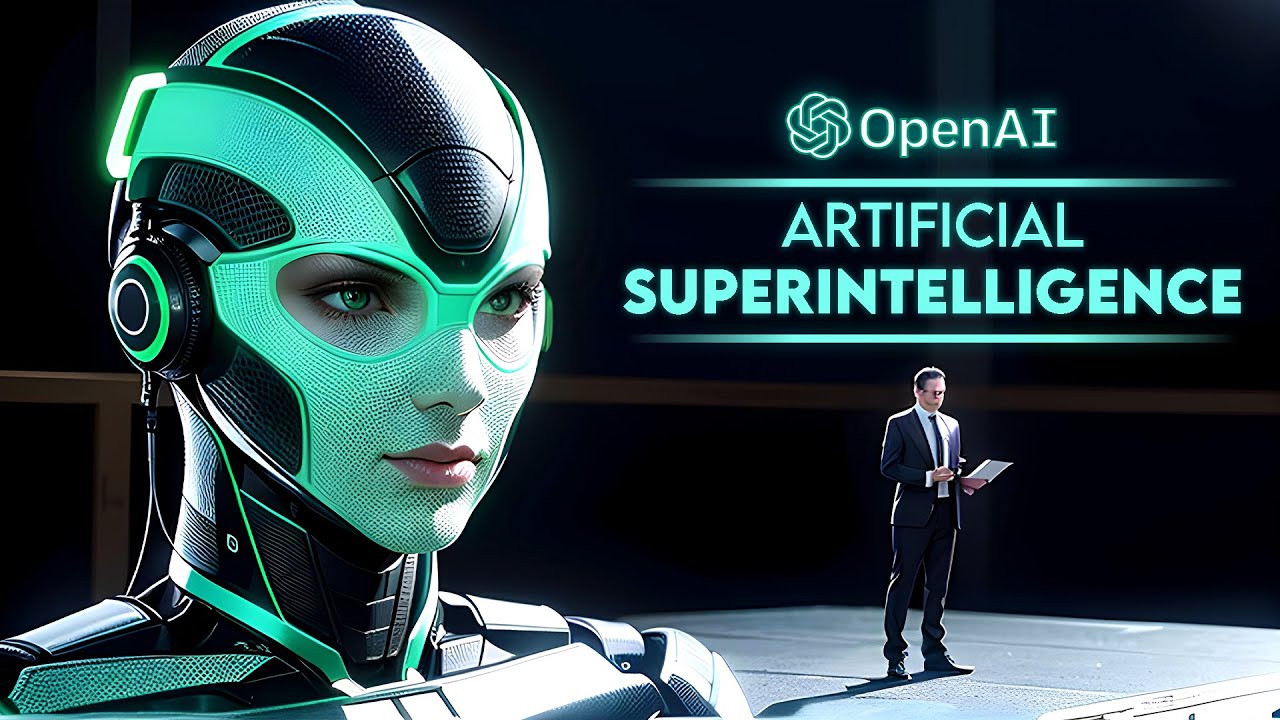
Humanoid Robot Comparison 2026
Complete analysis of the 12 leading humanoid robots transforming industries across North America. Compare technical specifications, capabilities, and real-world applications.
Get the 2026 Buyer's GuideTop 12 Humanoid Robots

Unitree H1
- Height: 5'11" (180 cm)
- Weight: 110 lbs (50 kg)
- Speed: 7.4 mph (11.9 km/h)
- Payload: 66 lbs (30 kg)
Advanced full-size humanoid robot with exceptional dynamic movement capabilities for industrial applications.
Learn More →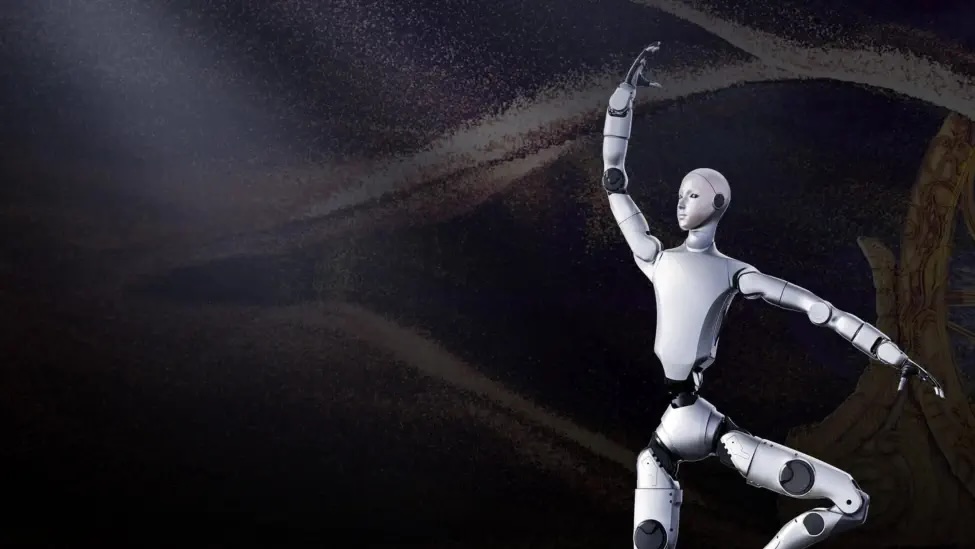
Unitree H2
- Height: 5'11" (180 cm)
- Weight: 154 lbs (70 kg)
- Speed: 6.8 mph (11 km/h)
- DoF: 31
High-performance humanoid robot with enhanced agility and manipulation skills for commercial applications.
Learn More →
Unitree G1 EDU
- Height: 4'7" (140 cm)
- Weight: 88 lbs (40 kg)
- Speed: 4.5 mph (7.2 km/h)
- Payload: ~4.4 lbs (2 kg)
Educational version of the G1 designed for universities, research labs, and STEM programs.
Learn More →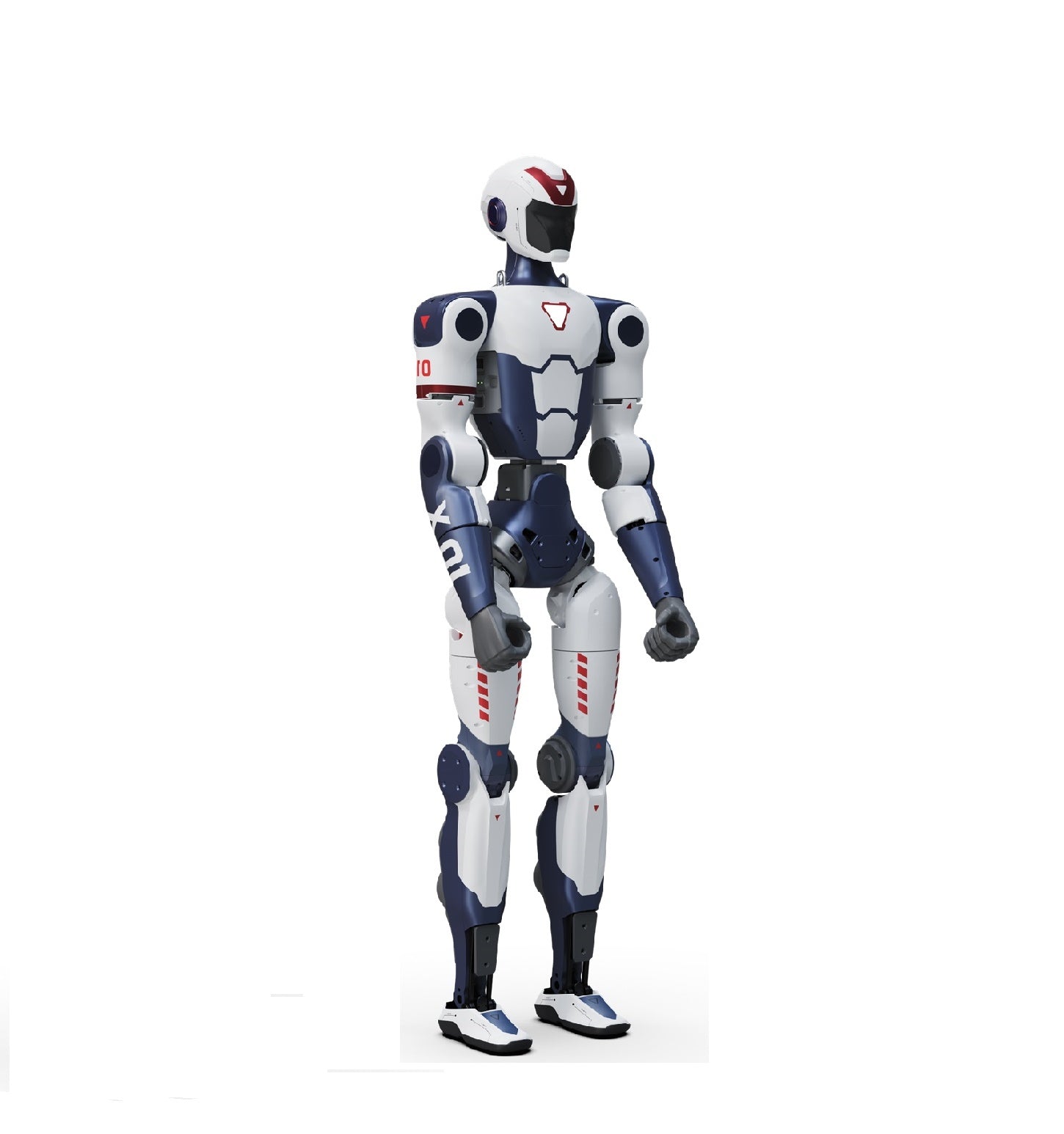
Unitree R1 EDU
- Height: 4'0" (122 cm)
- Weight: 63 lbs (29 kg)
- DoF: 26
- Battery: ~1 hour
Advanced educational humanoid platform designed for athletic performance and research applications.
Learn More →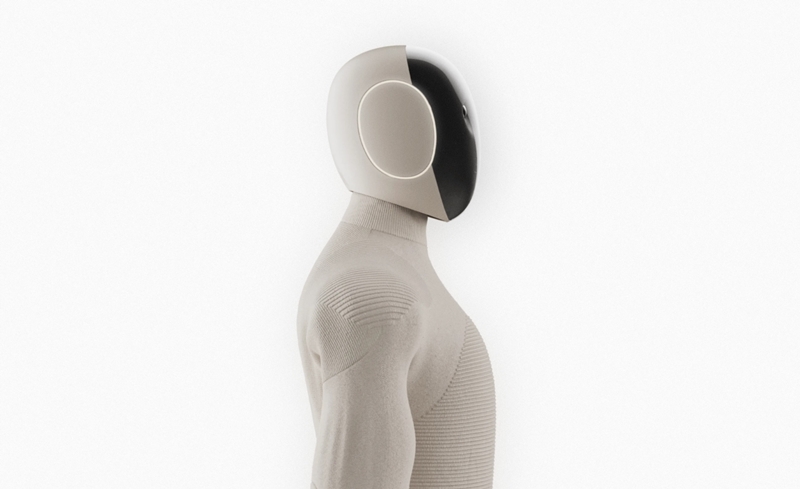
1X NEO Home
- Height: 5'6" (168 cm)
- Weight: 66 lbs (30 kg)
- Lift: 154 lbs (70 kg)
- DoF: 75 total
Consumer home robot with soft body design, human-in-the-loop safety, and advanced AI for household tasks.
Learn More →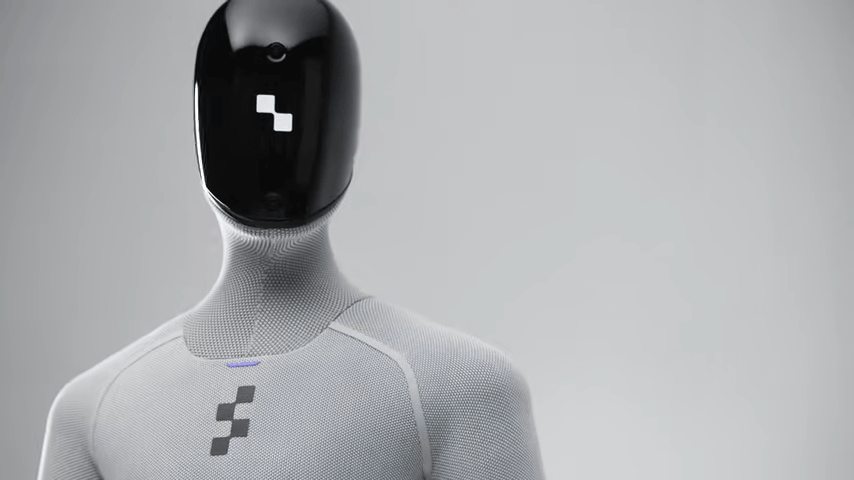
Figure 03
- Height: 5'8" (173 cm)
- Weight: 134 lbs (61 kg)
- AI: Helix VLA System
- Charging: Wireless inductive
Third-generation humanoid robot designed for mass manufacturing with next-gen cameras, tactile sensors, and advanced Helix AI.
Learn More →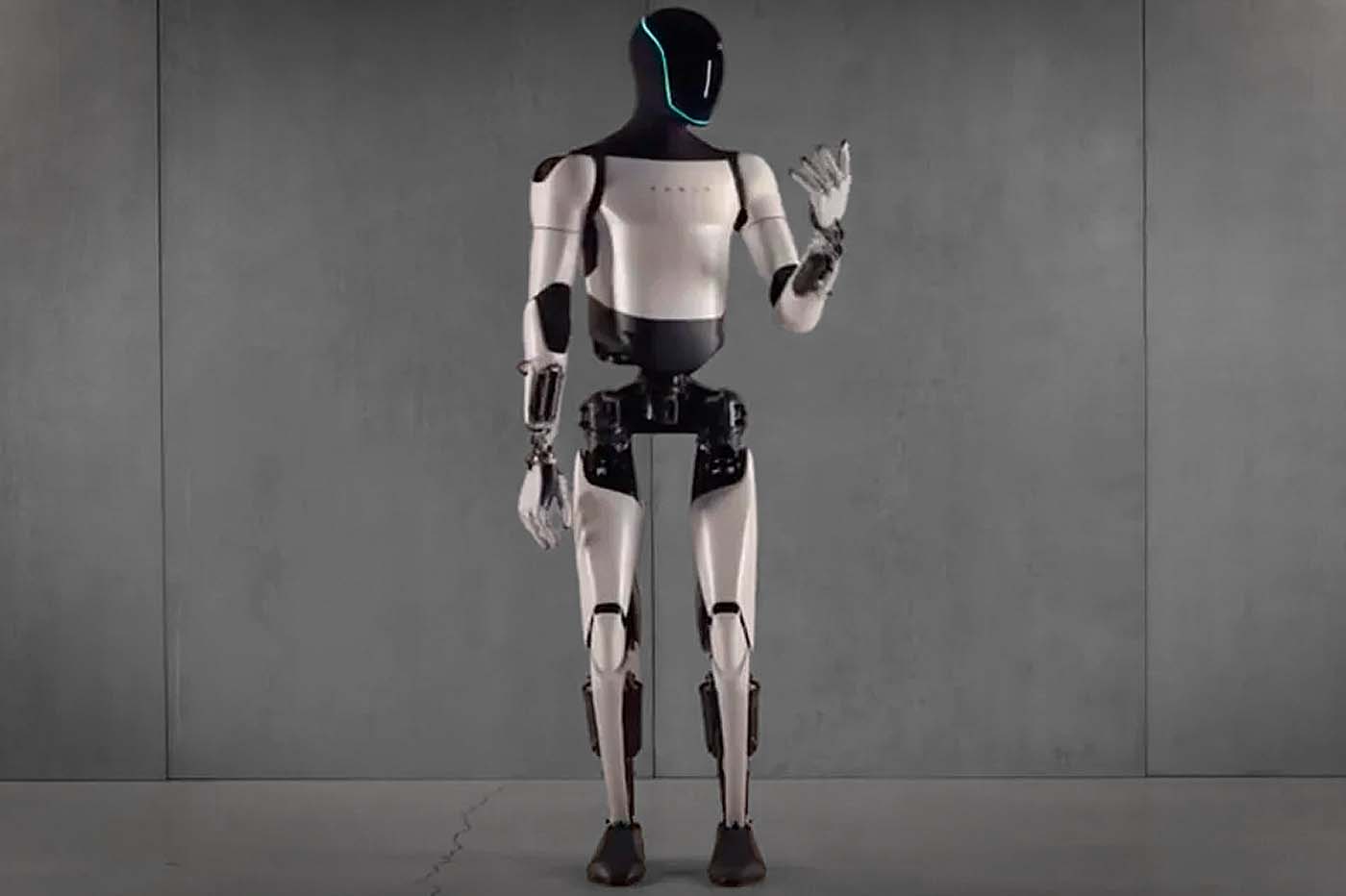
Tesla Optimus
- Height: 5'8" (173 cm)
- Weight: 132 lbs (60 kg)
- Payload: 45 lbs (20 kg)
- Speed: 5 mph (8 km/h)
General-purpose humanoid robot designed for manufacturing, warehouse automation, and repetitive labor tasks.
Learn More →
Agility Digit
- Height: 5'9" (175 cm)
- Weight: 141 lbs (64 kg)
- Payload: 35 lbs (16 kg)
- Purpose: Warehouse logistics
Digit is optimized for warehouse operations including bin picking, loading, and facility mobility.
Learn More →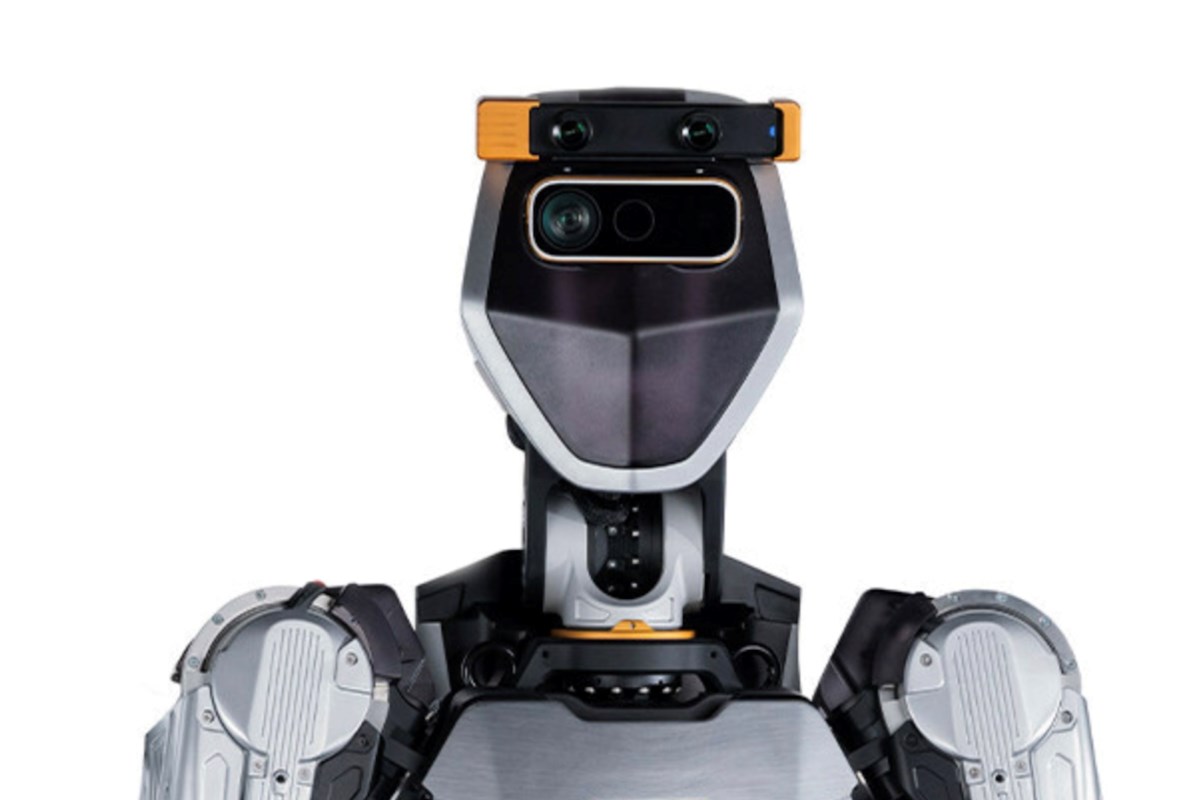
Sanctuary AI Phoenix
- Height: 5'7" (170 cm)
- Weight: 132 lbs (60 kg)
- AI: Carbon General Intelligence Stack
- Hands: Industry-leading dexterity
One of the most advanced humanoids in terms of manipulation and cognitive reasoning for commercial work.
Learn More →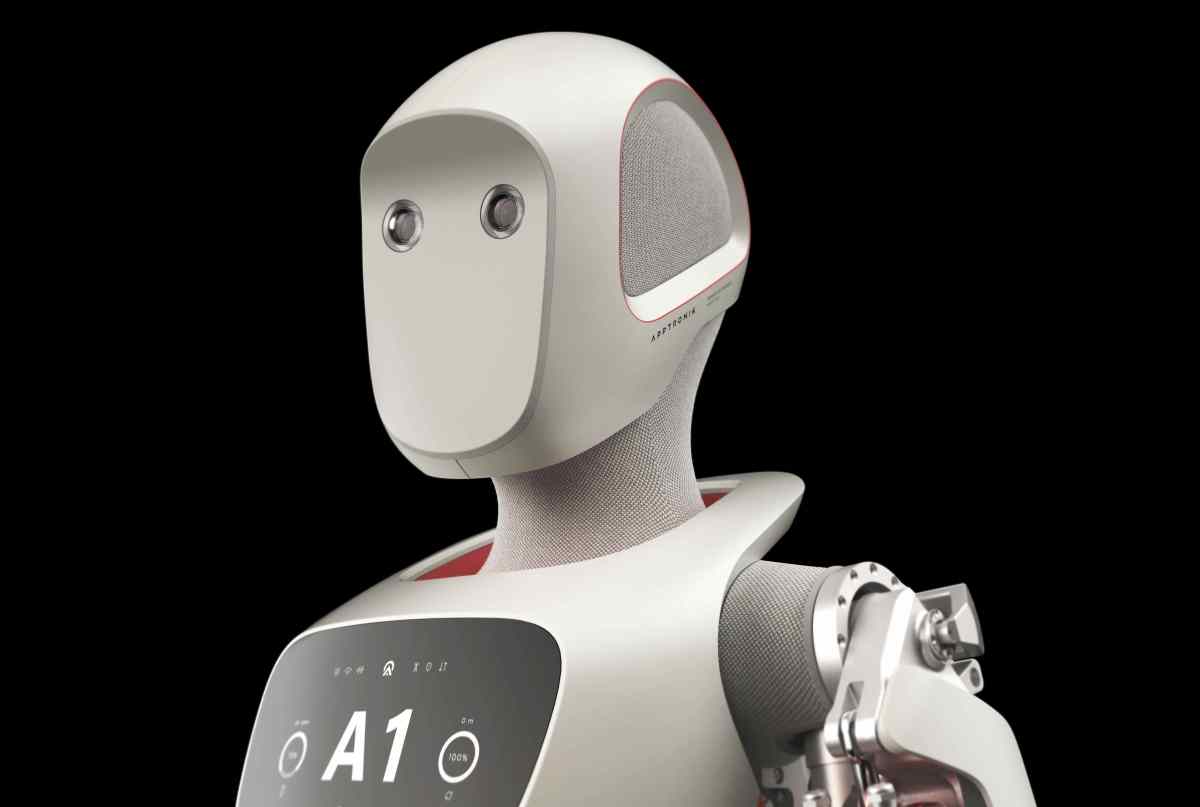
Apptronik Apollo
- Height: 5'8" (173 cm)
- Weight: 160 lbs (72 kg)
- Payload: 55 lbs (25 kg)
- Mode: Hot-swappable battery
Enterprise-focused humanoid robot designed for repetitive labor roles in factory and logistics environments.
Learn More →Technical Comparison
| Robot Model | Height | Weight | Top Speed | Payload Capacity | Battery Life | Degrees of Freedom |
|---|---|---|---|---|---|---|
| Unitree H1 | 5'11" (180 cm) | 110 lbs (50 kg) | 7.4 mph (11.9 km/h) | 66 lbs (30 kg) | 2 hours | 32 |
| Unitree H2 | 5'11" (180 cm) | 154 lbs (70 kg) | 6.8 mph (11 km/h) | 44 lbs (20 kg) | 2.5 hours | 31 |
| Unitree G1 EDU | 4'7" (140 cm) | 88 lbs (40 kg) | 4.5 mph (7.2 km/h) | ~4.4 lbs (2 kg) | ~2 hours | 23-43 |
| Unitree R1 EDU | 4'0" (122 cm) | 63 lbs (29 kg) | Information missing | Information missing | ~1 hour | 26 |
| 1X NEO Home | 5'6" (168 cm) | 66 lbs (30 kg) | Information missing | Lift: 154 lbs (70 kg) | 4 hours | 75 |
| Figure 03 | 5'8" (173 cm) | 134 lbs (61 kg) | Information missing | Information missing | Wireless charging | Information missing |
| Tesla Optimus | 5'8" (173 cm) | 121 lbs (55 kg) | 5 mph (8 km/h) | 45 lbs (20 kg) | 8 hours | 40 |
| Boston Dynamics Atlas | 4'11" (150 cm) | 165 lbs (75 kg) | 8.2 mph (13.2 km/h) | 25 lbs (11 kg) | 1 hour | 50 |
| Agility Robotics Digit | 5'9" (175 cm) | 141 lbs (64 kg) | 4.5 mph (7.2 km/h) | 35 lbs (16 kg) | 3 hours | 20 |
| Sanctuary AI Phoenix | 5'5" (165 cm) | 121 lbs (55 kg) | 3.1 mph (5 km/h) | 55 lbs (25 kg) | 4 hours | 30+ |
| Noetix Bumi | 3'1" (94 cm) | 26.5 lbs (12 kg) | N/A | N/A | 1-2 hours | N/A |
| Xpeng Next-Gen IRON | 5'10" (178 cm) | 154 lbs (70 kg) | 4.5 mph (7.2 km/h) | Information missing | Information missing | 82 |
Ready to Purchase a Humanoid Robot?
Our independent 2026 Buyer's Guide provides detailed vendor comparisons, verified pricing, and exclusive discounts for all models listed above. We help you navigate the market to make an informed purchasing decision.
Get the Humanoid Robot Buyer's Guide Browse Robotics Companies DirectoryNorth American Business Applications
🏭 Manufacturing
Humanoid robots are revolutionizing assembly lines, quality control, and material handling in US and Canadian manufacturing facilities.
📦 Logistics & Warehousing
From Amazon fulfillment centers to regional distribution hubs, humanoid robots are optimizing picking, packing, and inventory management.
🏥 Healthcare
Assisting with patient care, sterilization, and logistical tasks in hospitals and long-term care facilities across North America.
🔬 Research & Development
Leading universities and tech companies are using humanoid platforms to advance robotics, AI, and human-robot interaction research.
🛍️ Retail & Customer Service
Humanoid robots are being deployed in retail environments for customer assistance, inventory management, and security applications.
⚡ Energy & Utilities
Performing inspections, maintenance, and hazardous tasks in power plants, oil refineries, and utility infrastructure.
🎓 Education
Affordable robots like Noetix Bumi and specialized EDU versions are bringing robotics education to schools and universities, training the next generation of engineers.
Looking for Quadruped Robots?
For applications requiring superior stability and payload capacity, explore our guide to legged robots including Boston Dynamics Spot and Unitree Go1.
View Robot Dogs GuideFrequently Asked Questions
Boston Dynamics Atlas is widely considered the most advanced in terms of dynamic movement and agility. However, robots like Unitree H1 and Tesla Optimus are rapidly closing the gap with more commercially viable designs and advanced AI capabilities.
Yes, several companies are now offering commercial humanoid robots. Unitree, Agility Robotics, and Sanctuary AI have robots available for enterprise customers, while Tesla plans to begin Optimus production in the near future. Noetix Bumi offers an affordable option for education and consumer markets.
Commercial availability changes frequently. For the most current purchasing information, including exclusive discounts for our readers and pre-order details for upcoming models, please refer to our continuously updated Buyer's Guide which compares authorized vendors, verified pricing, and availability.
Prices vary significantly based on capabilities. Research platforms like Boston Dynamics Atlas are not commercially sold, while production models range from affordable consumer versions to advanced industrial models. Educational versions provide cost-effective entry points for academic institutions.
Industry experts predict significant adoption within 3-5 years for specific applications like logistics and manufacturing. Widespread deployment across multiple industries is expected within 5-10 years as costs decrease and capabilities improve.
Key challenges include battery life and power efficiency, robust manipulation of diverse objects, navigating complex real-world environments, developing human-level reasoning and decision-making capabilities, and ensuring safety in human environments.
Frequently Asked Questions
Humanoid Robot Comparison 2026: Complete Breakdown of Top 12 Models

Humanoid Robot Comparison 2026
Complete analysis of the 12 leading humanoid robots transforming industries across North America. Compare technical specifications, capabilities, and real-world applications.
Get the 2026 Buyer's GuideTop 12 Humanoid Robots

Unitree H1
- Height: 5'11" (180 cm)
- Weight: 110 lbs (50 kg)
- Speed: 7.4 mph (11.9 km/h)
- Payload: 66 lbs (30 kg)
Advanced full-size humanoid robot with exceptional dynamic movement capabilities for industrial applications.
Learn More →
Unitree H2
- Height: 5'11" (180 cm)
- Weight: 154 lbs (70 kg)
- Speed: 6.8 mph (11 km/h)
- DoF: 31
High-performance humanoid robot with enhanced agility and manipulation skills for commercial applications.
Learn More →
Unitree G1 EDU
- Height: 4'7" (140 cm)
- Weight: 88 lbs (40 kg)
- Speed: 4.5 mph (7.2 km/h)
- Payload: ~4.4 lbs (2 kg)
Educational version of the G1 designed for universities, research labs, and STEM programs.
Learn More →
Unitree R1 EDU
- Height: 4'0" (122 cm)
- Weight: 63 lbs (29 kg)
- DoF: 26
- Battery: ~1 hour
Advanced educational humanoid platform designed for athletic performance and research applications.
Learn More →
1X NEO Home
- Height: 5'6" (168 cm)
- Weight: 66 lbs (30 kg)
- Lift: 154 lbs (70 kg)
- DoF: 75 total
Consumer home robot with soft body design, human-in-the-loop safety, and advanced AI for household tasks.
Learn More →
Figure 03
- Height: 5'8" (173 cm)
- Weight: 134 lbs (61 kg)
- AI: Helix VLA System
- Charging: Wireless inductive
Third-generation humanoid robot designed for mass manufacturing with next-gen cameras, tactile sensors, and advanced Helix AI.
Learn More →
Tesla Optimus
- Height: 5'8" (173 cm)
- Weight: 132 lbs (60 kg)
- Payload: 45 lbs (20 kg)
- Speed: 5 mph (8 km/h)
General-purpose humanoid robot designed for manufacturing, warehouse automation, and repetitive labor tasks.
Learn More →
Agility Digit
- Height: 5'9" (175 cm)
- Weight: 141 lbs (64 kg)
- Payload: 35 lbs (16 kg)
- Purpose: Warehouse logistics
Digit is optimized for warehouse operations including bin picking, loading, and facility mobility.
Learn More →
Sanctuary AI Phoenix
- Height: 5'7" (170 cm)
- Weight: 132 lbs (60 kg)
- AI: Carbon General Intelligence Stack
- Hands: Industry-leading dexterity
One of the most advanced humanoids in terms of manipulation and cognitive reasoning for commercial work.
Learn More →
Apptronik Apollo
- Height: 5'8" (173 cm)
- Weight: 160 lbs (72 kg)
- Payload: 55 lbs (25 kg)
- Mode: Hot-swappable battery
Enterprise-focused humanoid robot designed for repetitive labor roles in factory and logistics environments.
Learn More →Technical Comparison
| Robot Model | Height | Weight | Top Speed | Payload Capacity | Battery Life | Degrees of Freedom |
|---|---|---|---|---|---|---|
| Unitree H1 | 5'11" (180 cm) | 110 lbs (50 kg) | 7.4 mph (11.9 km/h) | 66 lbs (30 kg) | 2 hours | 32 |
| Unitree H2 | 5'11" (180 cm) | 154 lbs (70 kg) | 6.8 mph (11 km/h) | 44 lbs (20 kg) | 2.5 hours | 31 |
| Unitree G1 EDU | 4'7" (140 cm) | 88 lbs (40 kg) | 4.5 mph (7.2 km/h) | ~4.4 lbs (2 kg) | ~2 hours | 23-43 |
| Unitree R1 EDU | 4'0" (122 cm) | 63 lbs (29 kg) | Information missing | Information missing | ~1 hour | 26 |
| 1X NEO Home | 5'6" (168 cm) | 66 lbs (30 kg) | Information missing | Lift: 154 lbs (70 kg) | 4 hours | 75 |
| Figure 03 | 5'8" (173 cm) | 134 lbs (61 kg) | Information missing | Information missing | Wireless charging | Information missing |
| Tesla Optimus | 5'8" (173 cm) | 121 lbs (55 kg) | 5 mph (8 km/h) | 45 lbs (20 kg) | 8 hours | 40 |
| Boston Dynamics Atlas | 4'11" (150 cm) | 165 lbs (75 kg) | 8.2 mph (13.2 km/h) | 25 lbs (11 kg) | 1 hour | 50 |
| Agility Robotics Digit | 5'9" (175 cm) | 141 lbs (64 kg) | 4.5 mph (7.2 km/h) | 35 lbs (16 kg) | 3 hours | 20 |
| Sanctuary AI Phoenix | 5'5" (165 cm) | 121 lbs (55 kg) | 3.1 mph (5 km/h) | 55 lbs (25 kg) | 4 hours | 30+ |
| Noetix Bumi | 3'1" (94 cm) | 26.5 lbs (12 kg) | N/A | N/A | 1-2 hours | N/A |
| Xpeng Next-Gen IRON | 5'10" (178 cm) | 154 lbs (70 kg) | 4.5 mph (7.2 km/h) | Information missing | Information missing | 82 |
Ready to Purchase a Humanoid Robot?
Our independent 2026 Buyer's Guide provides detailed vendor comparisons, verified pricing, and exclusive discounts for all models listed above. We help you navigate the market to make an informed purchasing decision.
Get the Humanoid Robot Buyer's Guide Browse Robotics Companies DirectoryNorth American Business Applications
🏭 Manufacturing
Humanoid robots are revolutionizing assembly lines, quality control, and material handling in US and Canadian manufacturing facilities.
📦 Logistics & Warehousing
From Amazon fulfillment centers to regional distribution hubs, humanoid robots are optimizing picking, packing, and inventory management.
🏥 Healthcare
Assisting with patient care, sterilization, and logistical tasks in hospitals and long-term care facilities across North America.
🔬 Research & Development
Leading universities and tech companies are using humanoid platforms to advance robotics, AI, and human-robot interaction research.
🛍️ Retail & Customer Service
Humanoid robots are being deployed in retail environments for customer assistance, inventory management, and security applications.
⚡ Energy & Utilities
Performing inspections, maintenance, and hazardous tasks in power plants, oil refineries, and utility infrastructure.
🎓 Education
Affordable robots like Noetix Bumi and specialized EDU versions are bringing robotics education to schools and universities, training the next generation of engineers.
Looking for Quadruped Robots?
For applications requiring superior stability and payload capacity, explore our guide to legged robots including Boston Dynamics Spot and Unitree Go1.
View Robot Dogs GuideFrequently Asked Questions
Boston Dynamics Atlas is widely considered the most advanced in terms of dynamic movement and agility. However, robots like Unitree H1 and Tesla Optimus are rapidly closing the gap with more commercially viable designs and advanced AI capabilities.
Yes, several companies are now offering commercial humanoid robots. Unitree, Agility Robotics, and Sanctuary AI have robots available for enterprise customers, while Tesla plans to begin Optimus production in the near future. Noetix Bumi offers an affordable option for education and consumer markets.
Commercial availability changes frequently. For the most current purchasing information, including exclusive discounts for our readers and pre-order details for upcoming models, please refer to our continuously updated Buyer's Guide which compares authorized vendors, verified pricing, and availability.
Prices vary significantly based on capabilities. Research platforms like Boston Dynamics Atlas are not commercially sold, while production models range from affordable consumer versions to advanced industrial models. Educational versions provide cost-effective entry points for academic institutions.
Industry experts predict significant adoption within 3-5 years for specific applications like logistics and manufacturing. Widespread deployment across multiple industries is expected within 5-10 years as costs decrease and capabilities improve.
Key challenges include battery life and power efficiency, robust manipulation of diverse objects, navigating complex real-world environments, developing human-level reasoning and decision-making capabilities, and ensuring safety in human environments.
.png)